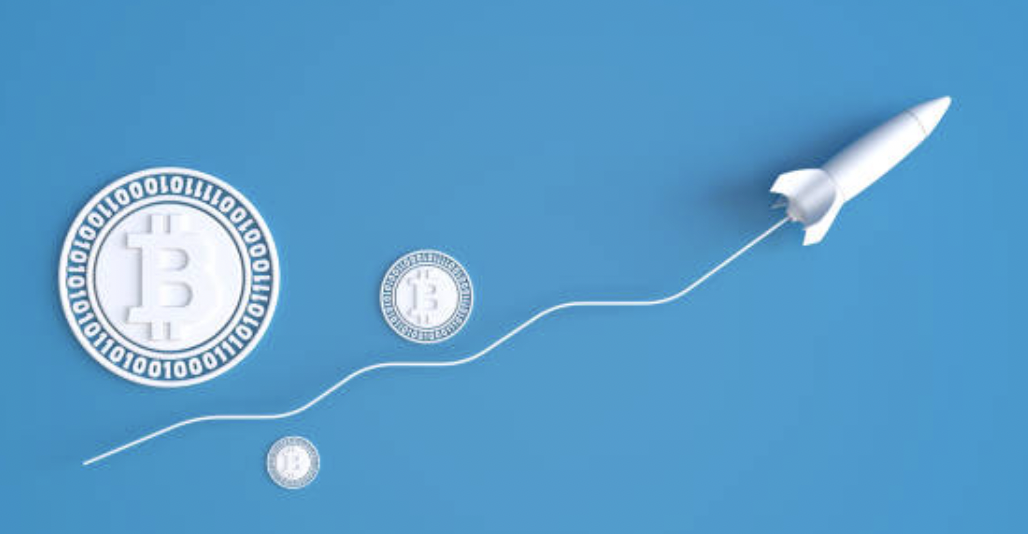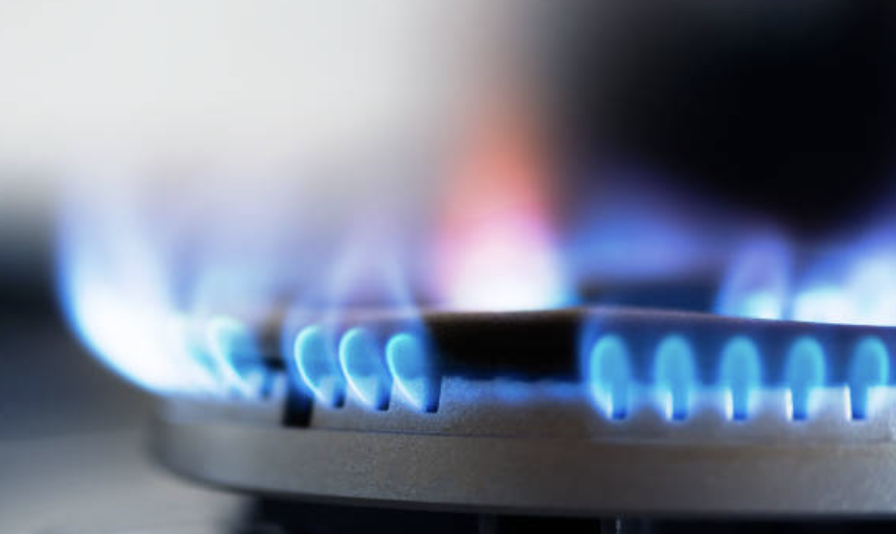
Drake Hampton
Mar 31, 2022 10:10
Gold prices rose today after falling to a low of roughly $1886.90 yesterday. This price point is crucial because it correlates to the 61.8 percent Fibonacci retracement level. The data set used to calculate the Fibonacci retracement series begins in late January with gold trading at $1779.10 and ends on March 8, with gold trading at $2078, just $10 below the record high. Between the end of January and the first week of March, gold gained around $300.

Gold was able to gain $300 in the face of a tremendously aggressive Federal Reserve that is expected to intervene to stop inflation from spinning out of control.
Chairman Jerome Powell noted during his most recent press conference that the present level of inflation needs a significant adjustment to their current monetary policy on two fronts. To begin, they have committed to increase the Fed Funds rate at each of the remaining six Federal Open Market Committee meetings this year. Initially, it was anticipated that each rate increase would be 14%. Recent data, however, indicate that inflationary pressures are continuing to spiral faster than expected, with no indications of abatement imminent.
Today, the FedWatch tool indicates that the probability of a 12% rate hike has decreased somewhat to 66.6 percent, while the probability of a 14% rate hike has increased slightly to 33.4 percent. That may all change tomorrow, when the government announces the February PCE inflationary index.
Currently, the Federal Reserve Bank of Cleveland has provided its PCE and CPI index estimates and predictions. Their projection implies a 0.62 percent year-over-year increase in PCE. Additionally, they issued a forecast for March's consumer price index, which will be revealed next month. Their projection is based on statistics from the Labor Department, the Bureau of Economic Analysis, the Energy Information Administration, the Financial Times, and Haver Analytics.
According to their analysis, they forecast that the March CPI index would grow 8.41 percent year over year and that the March PCE index will increase 0.75 percent year over year. However, the most worrying prognosis is for inflation in the first quarter of 2022, which they believe would be 9.01 percent more than in the first quarter of 2021.
The Federal Reserve is confronting an uncontrollable level of inflation. The war in Ukraine has significantly harmed Russia's and Ukraine's ability to produce and sell grains to the European Union, which will almost surely increase food prices. Russia sends a significant portion of energy goods to the European Union, which will also see significant reductions as a result of Russia's continued pressure on crude oil, gasoline, and natural gas prices.
Crude oil prices continue to trade comfortably above $100 per barrel, with the most actively traded crude lite futures contract up 3.04 percent to $107.41 per barrel today. Costs will almost surely climb as long as energy and food supplies continue to dwindle. This can only result in an escalation of inflationary pressures.

Dec 22, 2021 09:56

Mar 31, 2022 10:17